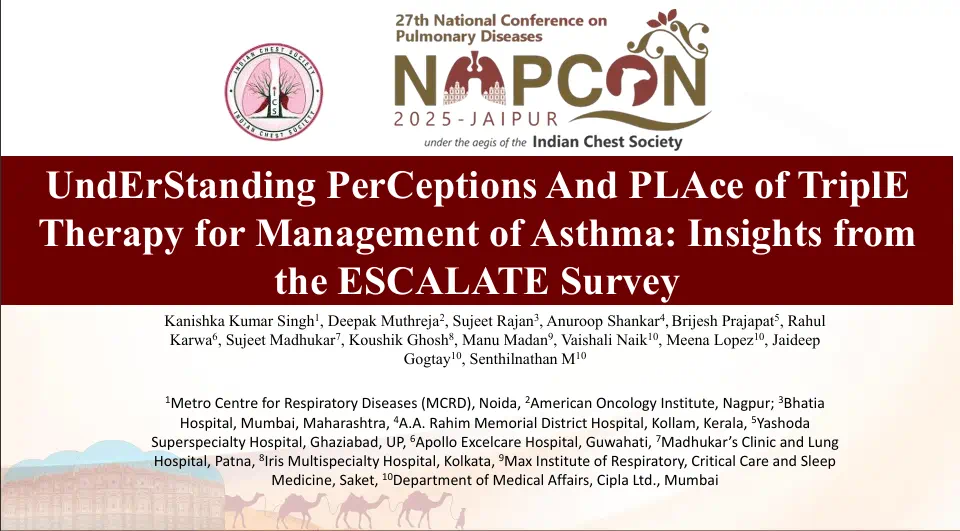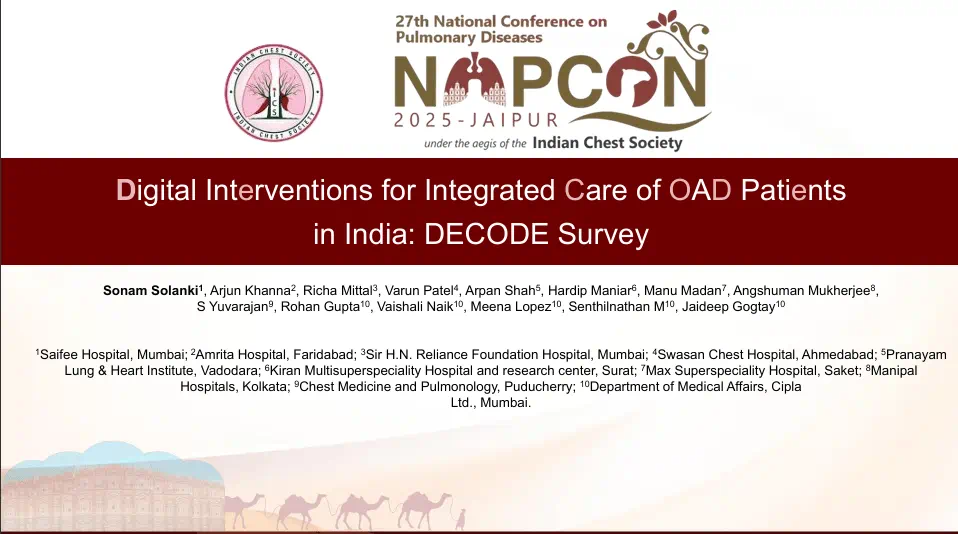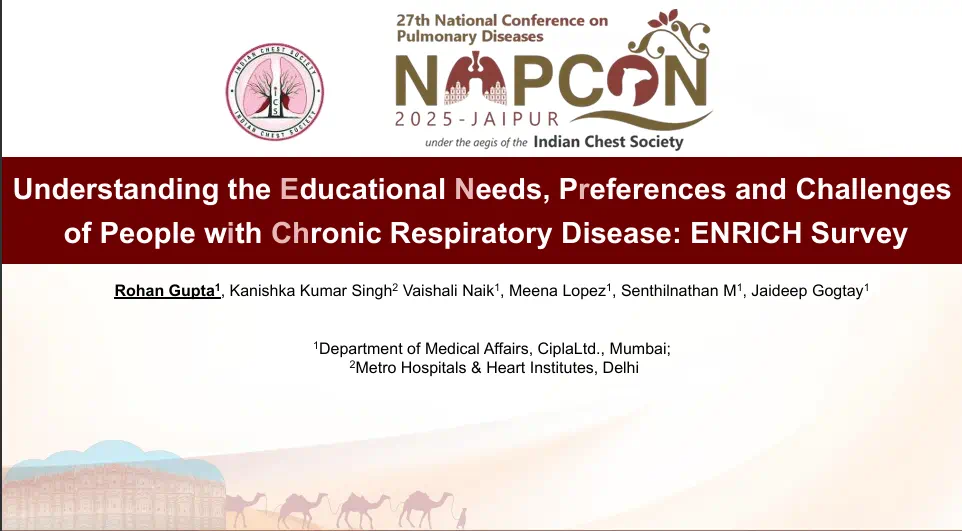Kidney Function Measures & CV Outcomes in Diabetes Patients: The Hoorn Diabetes Care System Cohort
Introduction
Nearly 40% of the patients with diabetes develop chronic kidney disease (CKD). CKD substantially increases the risk of mortality at least by five-fold, compared to diabetes patients with preserved kidney function. Changes in kidney function over time may provide additional information on cardiovascular disease (CVD) risk. Studies have demonstrated that albuminuria and decreasing estimated glomerular filtration rate (eGFR) increase the risk of specific CVD outcomes.
Aim
To determine the association of annually repeated measures of eGFR and urinary albumin-to-creatinine ratio (UACR), the change in each measure over time, and the combination of both, and the occurrence of distinct types of CVD, including myocardial infarction (MI), coronary heart disease (CHD), stroke, heart failure (HF) and CV mortality in diabetes patients.
Patient Profile
-
Patients with diabetes who had participated in the Hoorn Diabetes Care System (DCS) cohort (n=13657)
Methods
Study Design
-
Observational study
Patient Stratification
-
Based on the CKD Epidemiology Collaboration definitions, eGFR stages were defined as follows:
-
G1; normal to high: ≥ 90 ml/min/1.73m2
-
G2; mildly decreased: 60–89 ml/min/1.73m2
-
G3a; mildly to moderately decreased: 45–59 ml/min/1.73m2
-
G3b; moderately to severely decreased: 30–44 ml/min/1.73m2
-
G4; severely decreased: 15–29 ml/min/1.73m2
-
G5; kidney failure: <15 ml/min/1.73m2
-
Albuminuria stages were defined as:
-
A1; normal to mildly increased UACR: <3.0 mg/mmol
-
A2; moderately increased UACR: 3.0–30.0 mg/mmol
-
A3; severely increased UACR: >30.0 mg/mmol
Outcomes
-
Occurrence of first non-fatal CV event
-
CV mortality
Results
-
The mean age of the study population was 62.3 years, and 53.6% of them were men. Most of the study participants (98.9%) had type-2 diabetes mellitus (T2DM).
-
The distribution of eGFR was approximately normal (mean value: 80.4 mL/min/1.73m2), but UACR showed a skewed distribution (median value: 0.6 mg/mmol).
-
At baseline, most of the patients had a normal or mildly reduced eGFR and normal to mildly increased UACR.
-
The median annual change in eGFR was 0.1 ml/min/1.73 m2 (IQR −2.0 to 0.4) and that in UACR was −1.4 mg/mmol (IQR −5.6 to 2.8). The median change from baseline in eGFR was −8.1 ml/min/1.73 m2 (IQR −17.1 to −1.1) and that in UACR was 0.3 mg/mmol (IQR −0.1 to 1.1).
-
The follow-up period ranged from 4.6 years for MI to 7.9 years for stroke.
-
Event rates per 1000 person-years were 3.08 for MI, 3.72 for CHD, 0.84 for stroke and 1.12 for HF.
-
Patients with mildly reduced and moderately to severely reduced eGFR had a higher risk of MI and CHD, compared with those having normal eGFR (Table 1). These findings were independent of CV risk factors, medication use and UACR values. Only mildly reduced eGFR had a significant association with higher risk of stroke (Table 1).
-
For albuminuria, only severely increased UACR was associated with a higher risk of MI, independently of cardiovascular risk factors, medication use and eGFR values; no significant associations were observed between albuminuria and HF, CHD or stroke (Table 1).
Table 1: Risk of Outcomes during the study
|
Category |
Risk of MI: HR (95% CI); p value |
Risk for CHD: HR (95% CI); p value |
Risk of Stroke: HR (95% CI); p value |
Risk of CV Mortality: HR (95% CI); p value |
|
eGFR 60–90 ml/min/1.73m2 |
1.52 (1.10, 2.12); 0.022 |
1.67 (1.23, 2.26); 0.001 |
2.53 (1.27, 5.03); 0.008 |
NS |
|
eGFR <59 ml/min/1.73m2 |
1.69 (1.09, 2.64); 0.012 |
2.01 (1.34, 3.02); <0.001 |
NS |
1.72 (1.02, 2.90; p=0.040) |
|
UACR 3.0–30.0 mg/mmol |
NS |
NS |
NS |
1.87 (1.41, 2.47); <0.001 |
|
UACR > 30.0 mg/mmol |
1.98 (1.18, 3.30); 0.009 |
1.57 (0.95, 2.59); 0.077 |
NS |
2.78 (1.78, 4.34); <0.001 |
CI: Confidence interval; eGFR: Estimated glomerular filtration rate; HR: Hazard Ratio; NS: Nonsignificant; UACR: Urinary albumin-to-creatinine ratio
HR represented with eGFR >90 ml/min/1.73 m2 and UACR <3.0 mg/mol as the respective references.
-
The association between albuminuria and HF was influenced by sex. Women with UACR >3.0 mg/mmol had a significantly higher risk of HF, compared with those having normal UACR, independently of CV risk factors, medication use and eGFR values (HR: 2.79; 95% CI 1.47, 5.28; p=0.002). In men, no significant associations were observed between UACR and HF.
-
As per an analysis of longitudinal change over time, slower decrease in eGFR was associated with a significantly reduced risk of HF in men and women. Every 1 ml/min/1.73 m2 annual increase in eGFR reduced the risk of HF by 17%.
-
On the contrary, more rapid annual increase in UACR was associated with a significantly higher HF risk in men. Every 1 mg/mmol annual increase in UACR increased the HF risk in men by 14%.
-
The CV mortality rate after follow-up for 6.4 years (IQR 3.6–10.4) was 6.25 per 1000 person-years.The CV mortality was significantly high in people with moderately increased UACR (HR 1.87; 95% CI 1.41, 2.47; p<0.001) and severely increased UACR (HR 2.78; 95% CI 1.78, 4.34; p<0.001), independently of CV risk factors, medication use and eGFR values.
-
The analysis of longitudinal changes further revealed a significant association between slower decrease in eGFR and a lower CV mortality risk, and between a rapid increase in UACR and higher CV mortality risk.
Conclusions
-
A longitudinal decrease in eGFR and a longitudinal increase in albuminuria were independently and differentially associated with higher risks of various CV events and CV mortality in a large cohort of diabetes patients. These associations were independent of common CV risk factors.
-
Early and regular measurement of both markers over time may help identify diabetes patients at a higher CV risk and may provide additional information on specific CVD subtypes.
Diabetologia. 2023;66:482–494.









